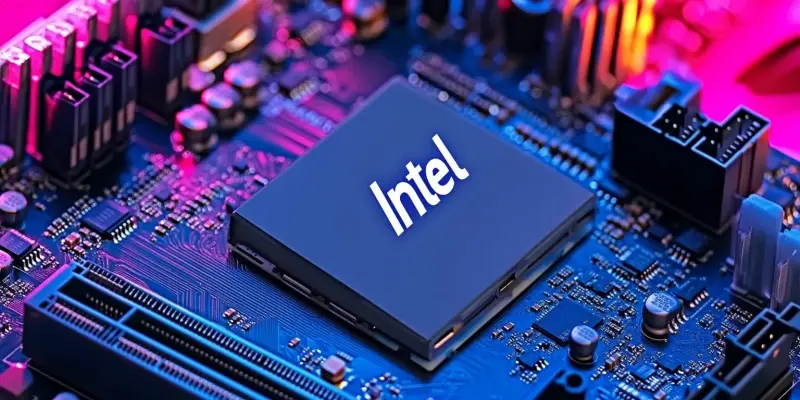The recent revelation of Intel’s upcoming CPU architectures, termed “Nova Lake” and “Razer Lake,” has created a significant buzz in the technology industry. This information emerged through PCI IDs found in the Linux kernel, serving as a testament to Intel’s ongoing dedication to pushing the boundaries of CPU innovation. Despite the current lukewarm reception of Intel’s Arrow Lake-S series, the advancement of these next-generation architectures demonstrates Intel’s relentless pursuit of technological excellence. Nova Lake is expected to succeed Arrow Lake-S within the “Core Ultra 400” series, potentially incorporating Intel’s 14A or TSMC’s 2nm process technology, marking substantial progress in the semiconductor field. Initial leaks also suggest that Nova Lake-H variants will offer options with 20W, 40W, and 80W Thermal Design Power (TDP), indicating its potential to deliver impressive performance.
Nova Lake: Anticipated Successor to Arrow Lake-S
Nova Lake is poised to be Intel’s flagship CPU series following Arrow Lake-S, situated within the “Core Ultra 400” series. As industry trends move toward more advanced semiconductor processes, Nova Lake is rumored to leverage either Intel’s 14A process or Taiwan Semiconductor Manufacturing Company’s (TSMC) 2nm process. This transition signifies a considerable leap in miniature silicon lithography, enhancing efficiency and performance metrics. Early leaks indicate the existence of Nova Lake-H variants, featuring different TDP options: 20W, 40W, and 80W. These variants offer versatile configurations tailored for various performance and energy efficiency needs, making them suitable for a broad range of applications, from mobile devices to high-end workstations.
The potential performance capabilities of Nova Lake are generating substantial excitement in the tech community. Alongside the advanced semiconductor process, the architecture is expected to deliver significant improvements in core and thread counts, platform compatibility, memory bandwidth, and PCIe support. Such enhancements illustrate Intel’s strategy of continuous innovation to uphold a competitive edge in the CPU market. Notably, Nova Lake may come equipped with advancements in AI acceleration and integrated graphics, aligning with current trends toward diversified computing workloads that demand greater versatility and computational power. This positions Nova Lake as a pivotal release in Intel’s roadmap, with the potential to redefine performance standards across multiple computing segments.
Razer Lake: The Next Step in Intel’s Roadmap
Following the introduction of Nova Lake, Intel’s subsequent architectural advancement is expected to be Razer Lake. However, unlike Nova Lake, details regarding Razer Lake remain somewhat elusive. The architecture’s specifications and anticipated features are still under wraps, fueling speculation about its potential capabilities and performance enhancements. Industry insiders suggest that Razer Lake’s release could be timed for 2027, dependent on Intel’s strategic adjustments and ongoing technological developments. If Intel’s historical progress is any indicator, Razer Lake will likely incorporate further refinements in process nodes and innovative architectural enhancements to maintain competitiveness.
The mysterious nature surrounding Razer Lake adds an element of intrigue to Intel’s CPU roadmap. Though specifics are scarce, it is anticipated that Razer Lake will follow the trends set by its predecessors, with various series SKUs such as S, M, and H. This approach indicates Intel’s commitment to serving diverse market segments, from consumer desktops to mobile computing devices and high-performance laptops. As Intel continues to refine and execute its strategic roadmap, the emergence of Razer Lake underscores the company’s dedication to maintaining a leading position in an increasingly competitive CPU market.

